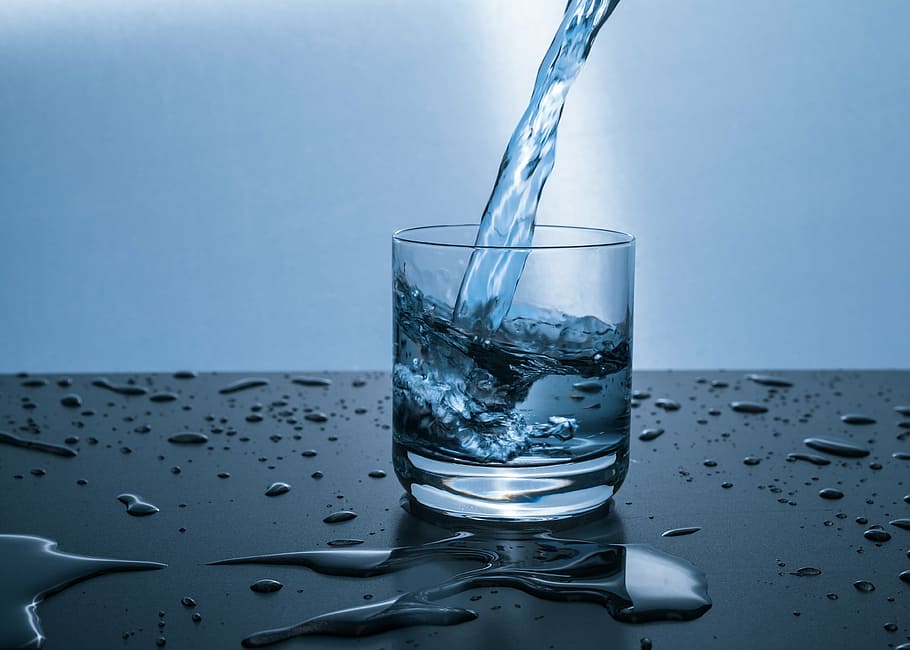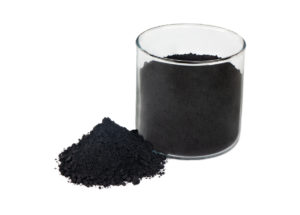Not all places have tap water that is safe to drink directly. And even if it is, it’s still better to be sure and filter your water before drinking it. You can just opt to buy filtered water, but having an unlimited source at home is much better. This way, you’re not only saving money, but you are also eliminating plastic waste.
So how can a household make its tap water safe to drink?
Know Your Source and Have Your Water Tested
Of course, the first step into making your water safe for drinking is by testing it first. There are different purification methods available, but in order to find which is going to be most effective, you have to know what you need to remove in your water.
You might want to talk to your water utility officials to know the source of your local water. Some areas can use surface water, while some use groundwater. Naturally, groundwater is cleaner than surface water because this water is found deep underneath the earth’s surface. Because of this, the contaminants are filtered out by the ground as opposed to surface water that has no barrier against the contaminants.
Surface water is found flowing in the rivers, reservoirs, and other bodies of water. Because of this, they are prone to picking up different contaminants, pollutants, and even microorganisms like protozoa and other parasites. And if you’re living close to an agricultural or industrial plant, you need to know if your water has high levels of chemicals or other residues as well.
You also need to know what your local water utility uses to disinfect your water. Does your water have a high level of chlorine? Do you have fluoride or sodium in the water? You might also be living in an area with hard water where it has high mineral content.
Get your water tested in a state-certified water testing laboratory or those approved by EPA.
Choose a Filtration System That’s Appropriate for Your Water
Once you got your water tested, the next step is to identify the different kinds of filtration system and find which one suits you the most. However, be aware that filtration systems for homes can get expensive, especially when you need to get rid of a lot of contaminants.
Nevertheless, you’re the one who can get the gist if you need to attach a filtration system directly to your water line or if you can make do with a smaller filtration system. At the same time, find which unit is suitable for your lifestyle because some require regular changing of filters more frequently compared to others.
Point-of-Use Carbon Filters and Whole House Activated Carbon Filters
One of the most convenient ways to filter water is when you connect the filtration system directly to your faucet or to your water line. This way, you get a limitless amount of clean drinking water at a turn of a specific faucet or have clean drinking water at every part of the house. You don’t need to continuously refill and filter water once you’ve finished your stock.
Point-of-use carbon filtration systems have your water pass through a carbon bed to get rid of contaminants. You can attach the filters directly to your faucet or via a hose that you’ll attach to the faucet. On the other hand, a whole house activated carbon filter requires a plumber, but you’re not limited to a single faucet because you’re connecting to your central water supply line.
The former can get rid of some bacteria, as well as chemicals from pesticides, radon, chlorine, and lead. The latter can get rid of industrial contaminants and bacteria, but you can also add other kinds of filters besides carbon for specific contaminants like nitrates.
Alkaline Water Filter
As written in this guide, some households can also benefit from an alkaline water filter. You can use this filter alongside other purification systems like a carbon filter, while some models have filters included already.
An alkaline water filter can be beneficial for your health and can also improve the taste of your drinking water. Filtering and purifying water can get rid of even the healthy minerals, so an alkaline water adds another stage so that your body can take advantage of them.
Alkaline water filter raises the pH level of the water, which is excellent if your water has a foul taste. This could mean that you have an acidic water, which also isn’t healthy, especially to those with conditions like acid reflux. At the same time, there are different studies that mentioned the positive effects of alkaline water for blood viscosity. But of course, you should still consult your doctor if you want to use alkaline water because everyone’s physiology is different.
Reverse Osmosis Purification System
Another quite popular filtration system is reverse osmosis. You can attach this system directly to your main water line and then use filters and a membrane to purify the water and remove the contaminants.
Basically, this system uses a prefilter and then forces the pre-filtered water through a semipermeable membrane. What this does is that you’re removing the chlorine and sediments in the water using the prefilter, and then the semipermeable membrane removes the total dissolved solids. After this, the water will then pass through a postfilter to make sure it is completely free of contaminants.
Depending on the model that you choose, you can add or remove different kinds of filters for a specific contaminant. Besides the common sediment filter for dust and dirt, you can add a carbon filter for VOCs and chlorine. According to DiligentChef.com, each water system varies so you can be using 3 filtration stages or 5 filtration stages.
Overall, the best way to make your water safe to drink is knowing the contaminants in it so that you’ll be using the appropriate purification method. Remember that it’s better safe than sorry, and clean drinking water is essential in every household.
You can combine different filtration methods just to be sure, and even add a UV disinfection technology if you want to be confident that you’re getting rid of microorganisms like parasites and viruses.




